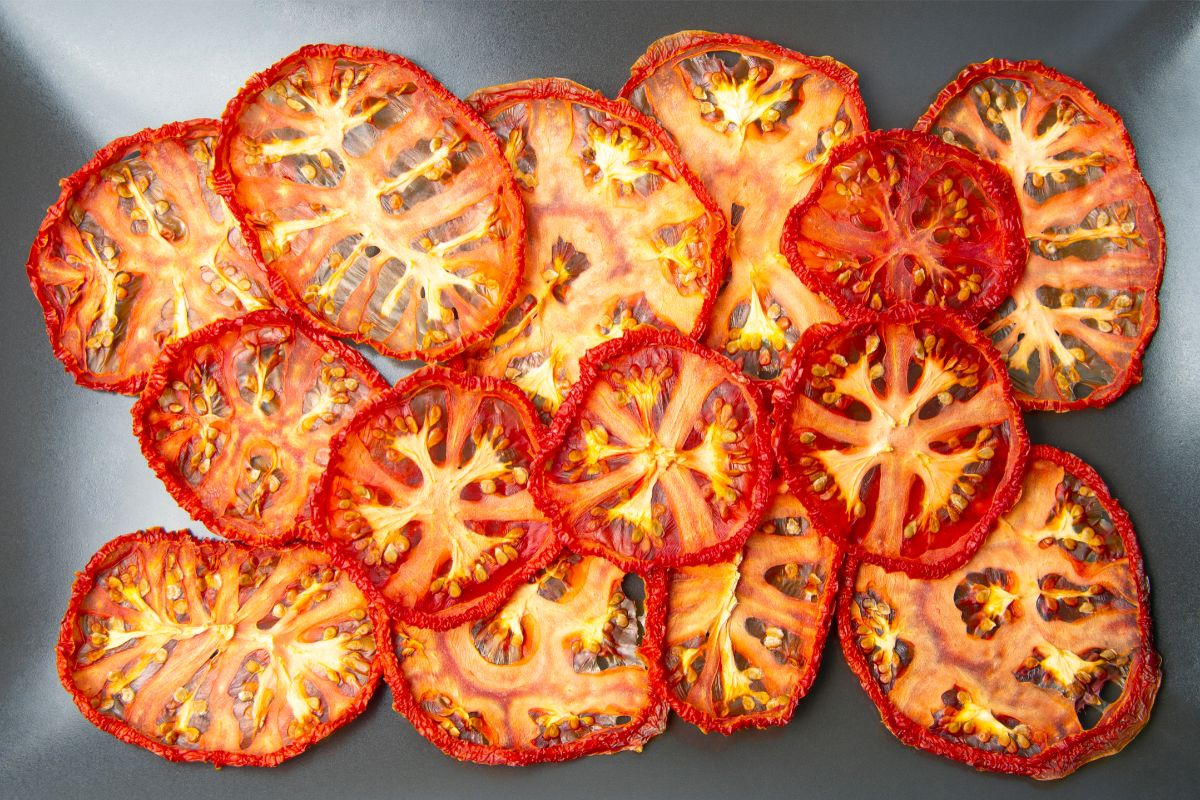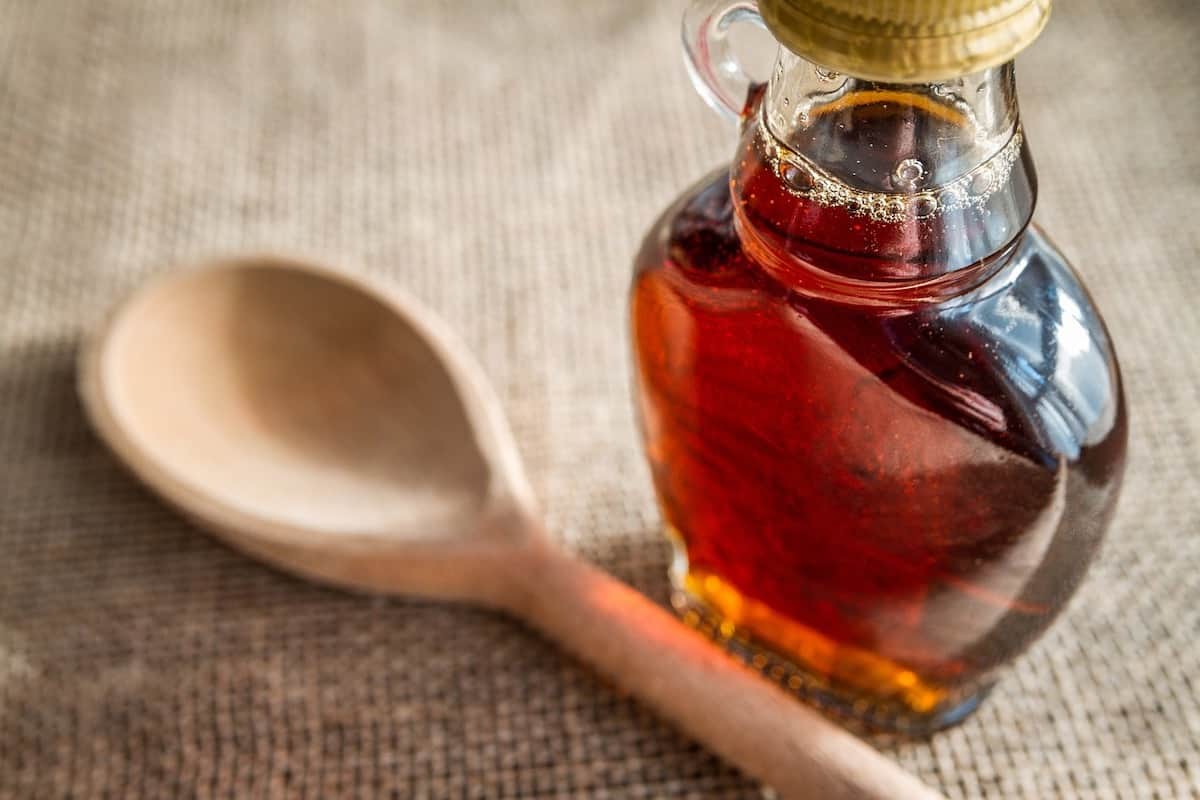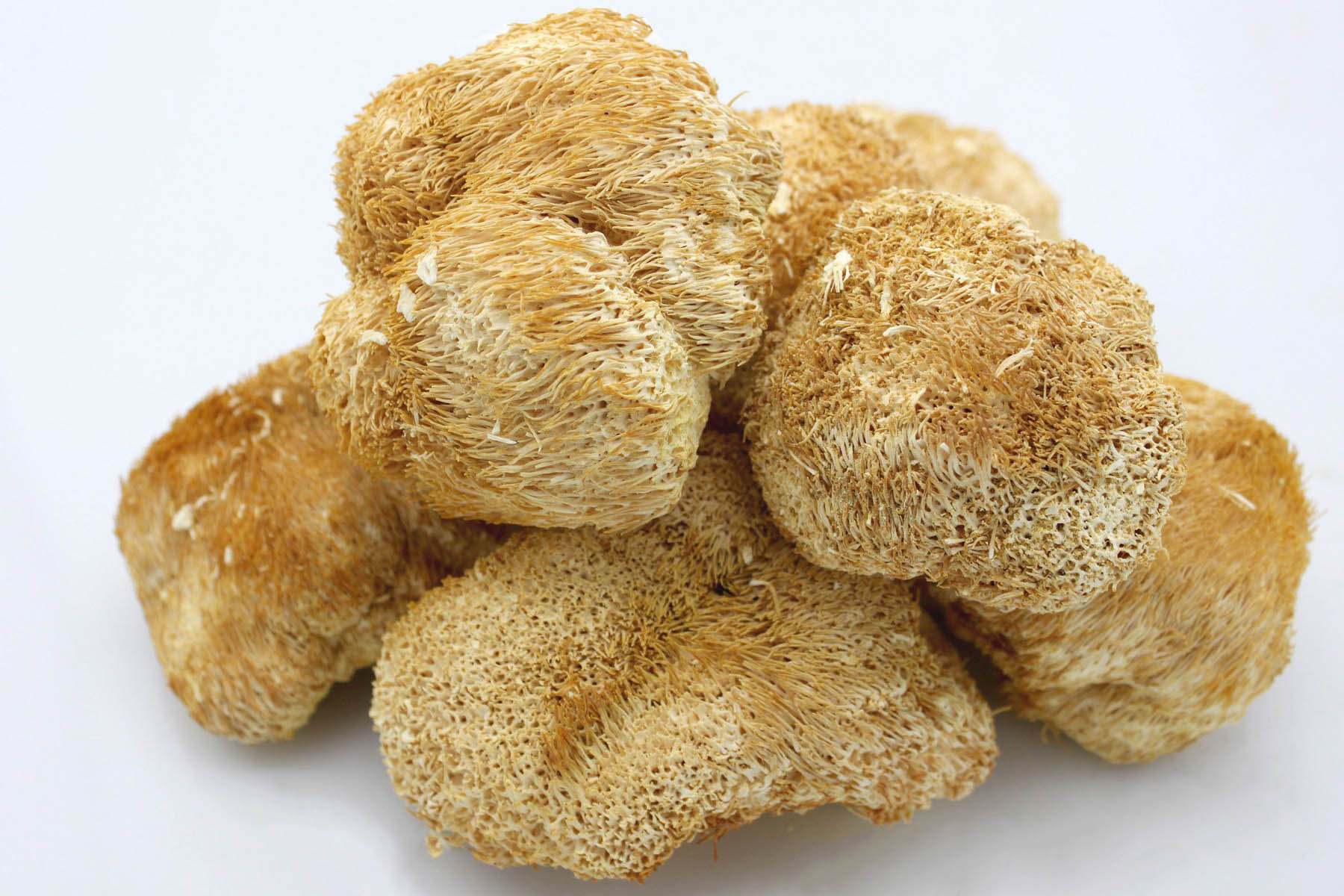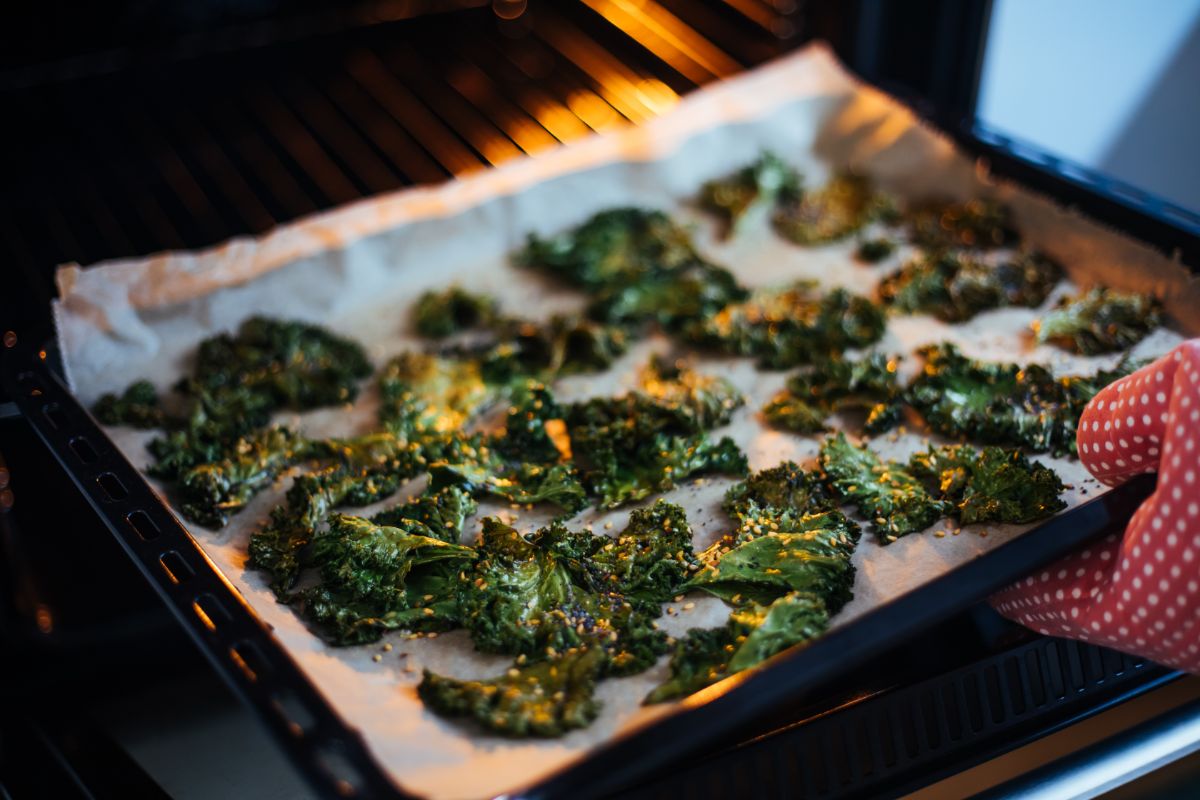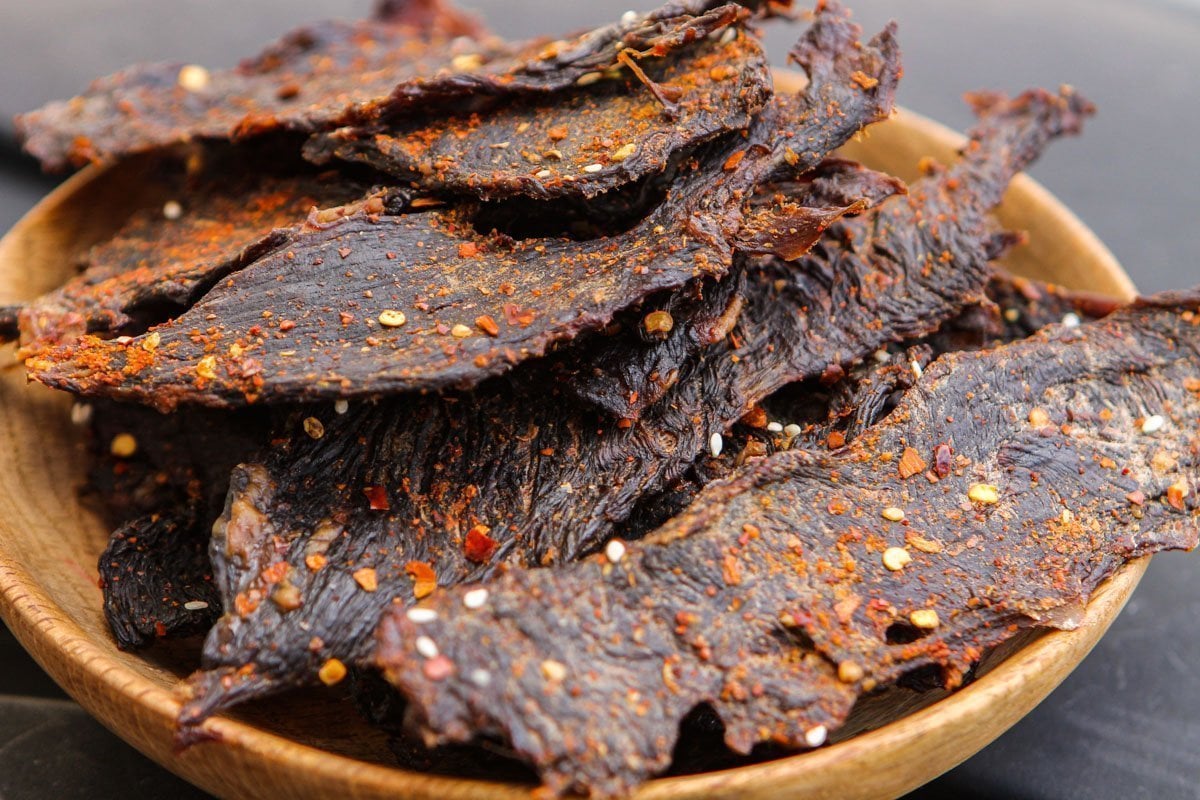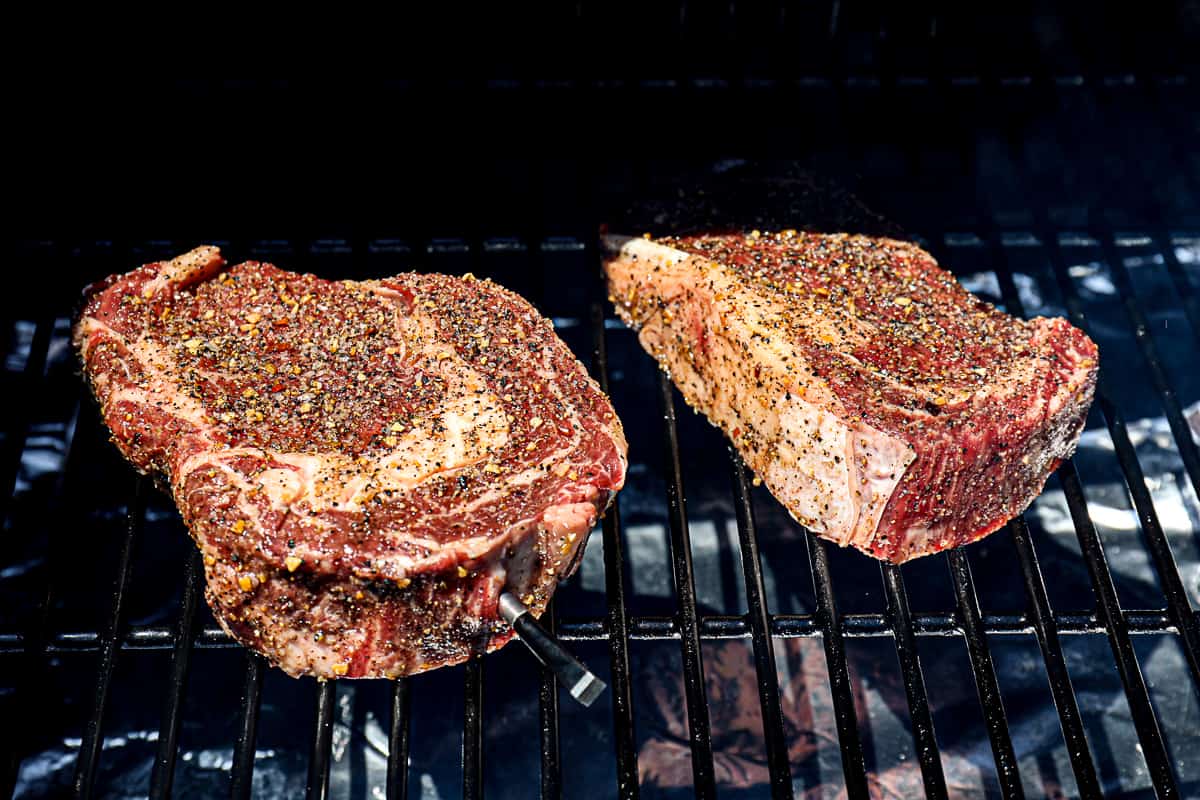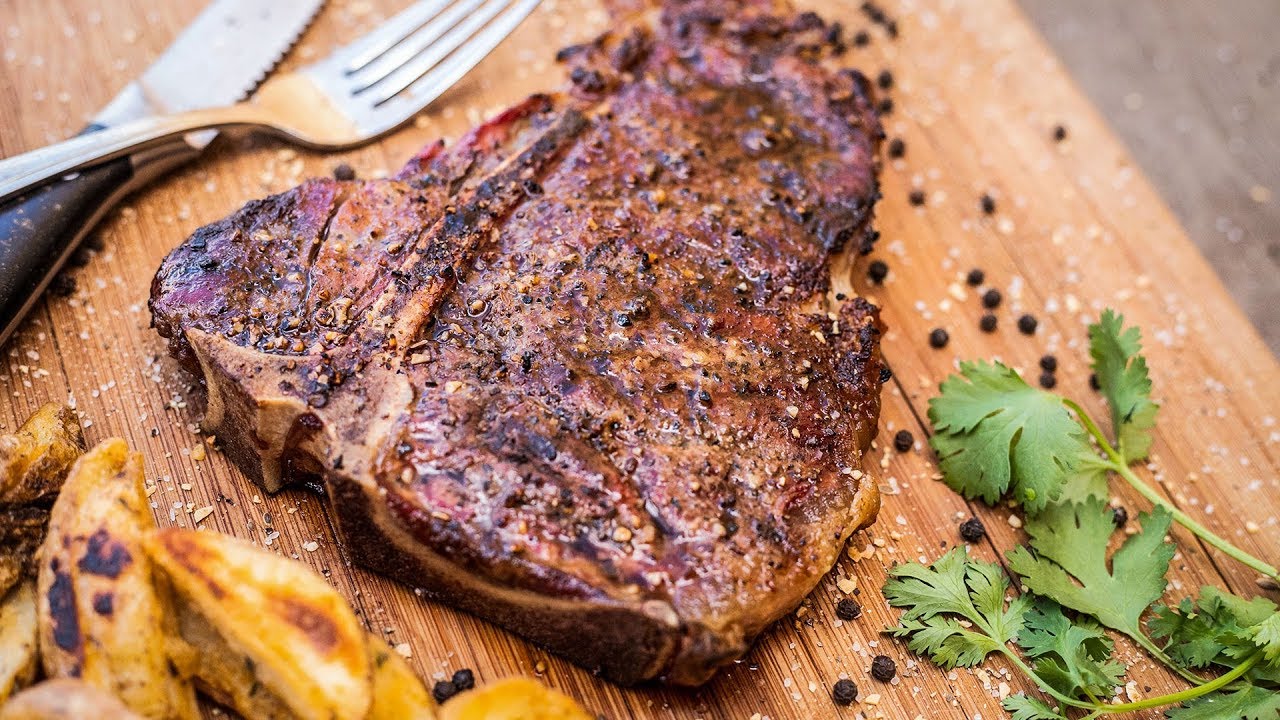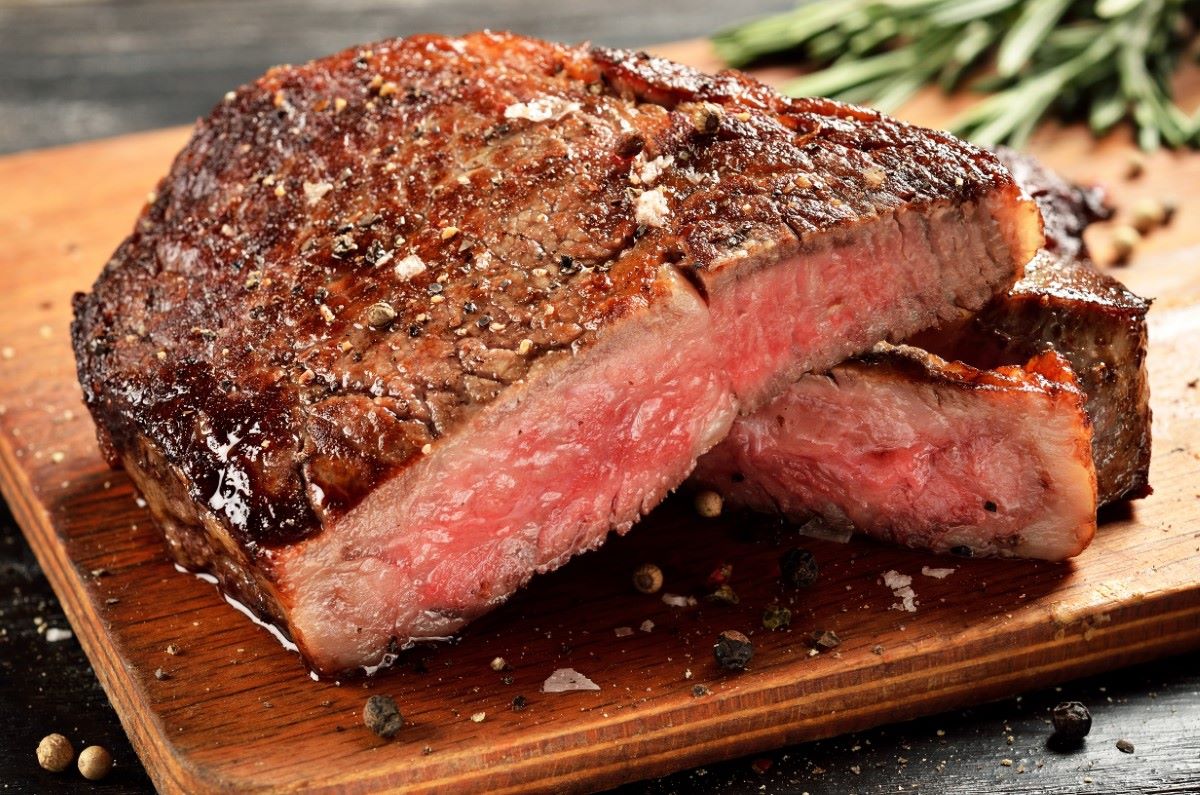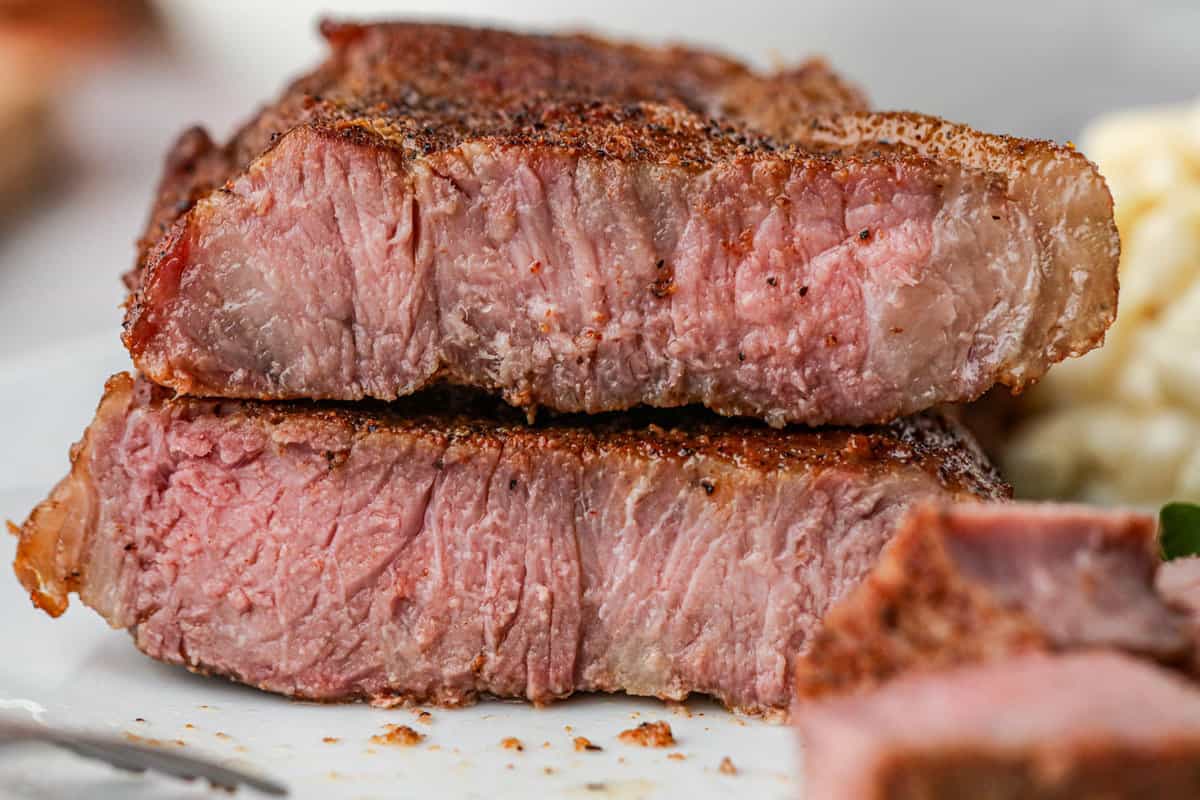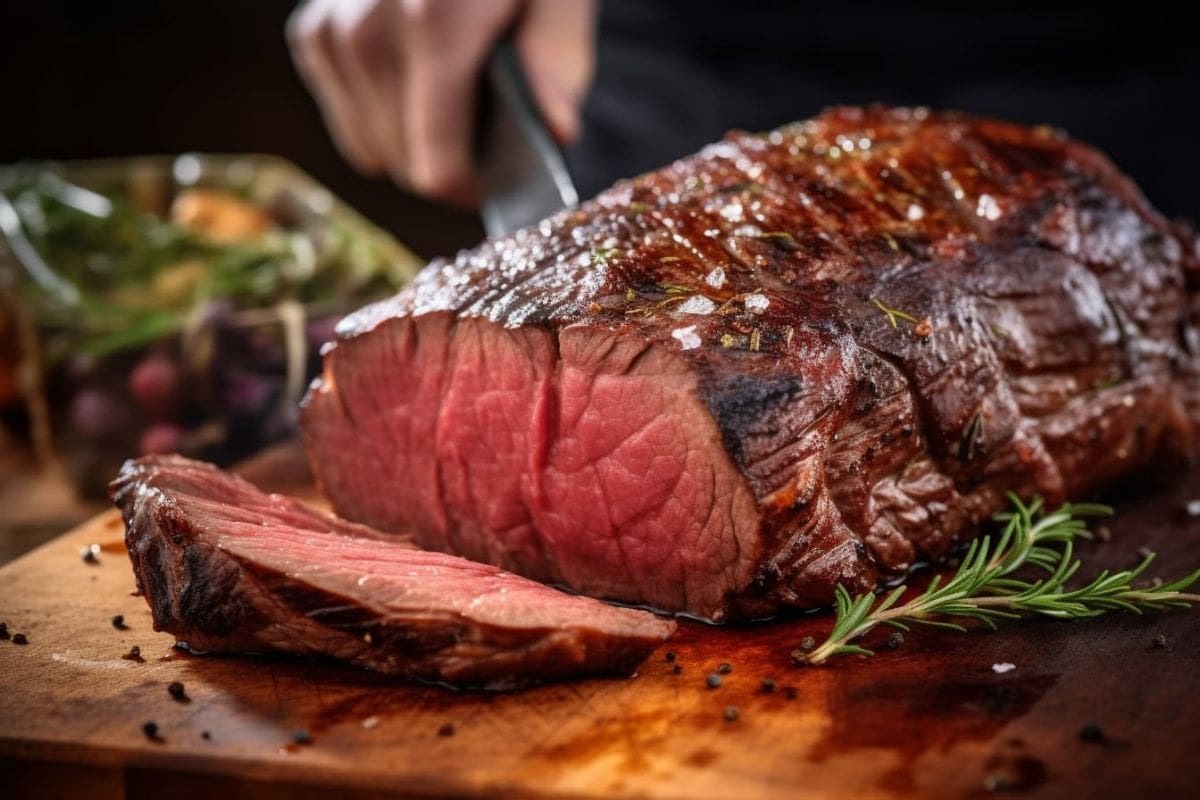Dehydrating Gelatin: A Delicious and Versatile Process
Dehydrating gelatin is a simple yet effective way to preserve this popular ingredient and create unique treats. Whether you’re looking to make homemade gummy candies, fruit snacks, or even savory jerky, dehydrated gelatin opens up a world of culinary possibilities. In this guide, we’ll explore the process of dehydrating gelatin and provide tips for achieving the best results.
Understanding Gelatin
Gelatin is a protein derived from collagen, typically found in animal skin and bones. It is commonly used as a thickening agent in a variety of foods, including desserts, soups, and sauces. Gelatin is available in powdered form and is known for its ability to form a gel-like consistency when mixed with liquid and cooled.
The Dehydration Process
Dehydrating gelatin involves removing the moisture from the ingredient, resulting in a concentrated and shelf-stable product. The process typically requires a food dehydrator, although it is possible to use an oven set to a low temperature.
To dehydrate gelatin:
- Prepare the gelatin mixture according to your recipe, ensuring that it is well mixed and free of lumps.
- Spread the gelatin mixture onto dehydrator trays or a lined baking sheet for oven dehydration.
- Set the dehydrator to a low temperature, typically around 135°F (57°C), and allow the gelatin to dehydrate for several hours. If using an oven, set it to the lowest temperature and monitor the gelatin closely to prevent burning.
- Check the gelatin periodically for dryness. It should become firm and leathery to the touch, indicating that the moisture has been removed.
- Once dehydrated, allow the gelatin to cool before cutting it into desired shapes or pieces.
Tips for Successful Dehydration
When dehydrating gelatin, it’s important to keep a few key tips in mind:
- Use a quality food dehydrator with adjustable temperature settings for precise control over the dehydration process.
- Spread the gelatin mixture evenly to ensure consistent drying.
- Avoid dehydrating gelatin in high humidity conditions, as moisture in the air can impede the dehydration process.
- Store dehydrated gelatin in an airtight container in a cool, dry place to maintain its quality and shelf life.
Using Dehydrated Gelatin
Once you have successfully dehydrated gelatin, the possibilities for its use are endless. Here are a few ideas to inspire your culinary creativity:
- Create your own custom-flavored gummy candies by rehydrating the gelatin with fruit juice and molding it into fun shapes.
- Add dehydrated gelatin to homemade trail mix for a chewy, satisfying snack.
- Experiment with savory applications by incorporating dehydrated gelatin into meat rubs or seasoning blends.
Conclusion
Dehydrating gelatin is a simple and rewarding process that unlocks a world of culinary possibilities. By following the steps outlined in this guide and keeping our tips in mind, you can enjoy the convenience of shelf-stable gelatin for a variety of sweet and savory creations. Get creative, experiment with flavors, and have fun exploring the potential of dehydrated gelatin in your kitchen!
For those looking to perfect their dehydrating skills, there are plenty of recipes to try. The Homemade Mixed Berry Gummy Bears are a delightful start, offering a sweet and tangy treat that's perfect for beginners. For a tropical twist, the Tropical Fruit Gelatin Snacks are a must-try, bursting with exotic flavors. The Orange Creamsicle Gelatin Squares offer a nostalgic nod to summer days, while the Savory Beef Jerky Gelatin Bites introduce a unique savory element. For a refreshing and slightly spicy option, the Spicy Chili-Lime Gelatin Chips are perfect. Lastly, the Matcha Green Tea Gelatin Candies provide a sophisticated flavor profile that's both earthy and sweet. These recipes showcase a variety of flavors and techniques, making them ideal for anyone eager to master the art of dehydrating gelatin.
Was this page helpful?
Read Next: How To Dehydrate Lemons In Air Fryer
